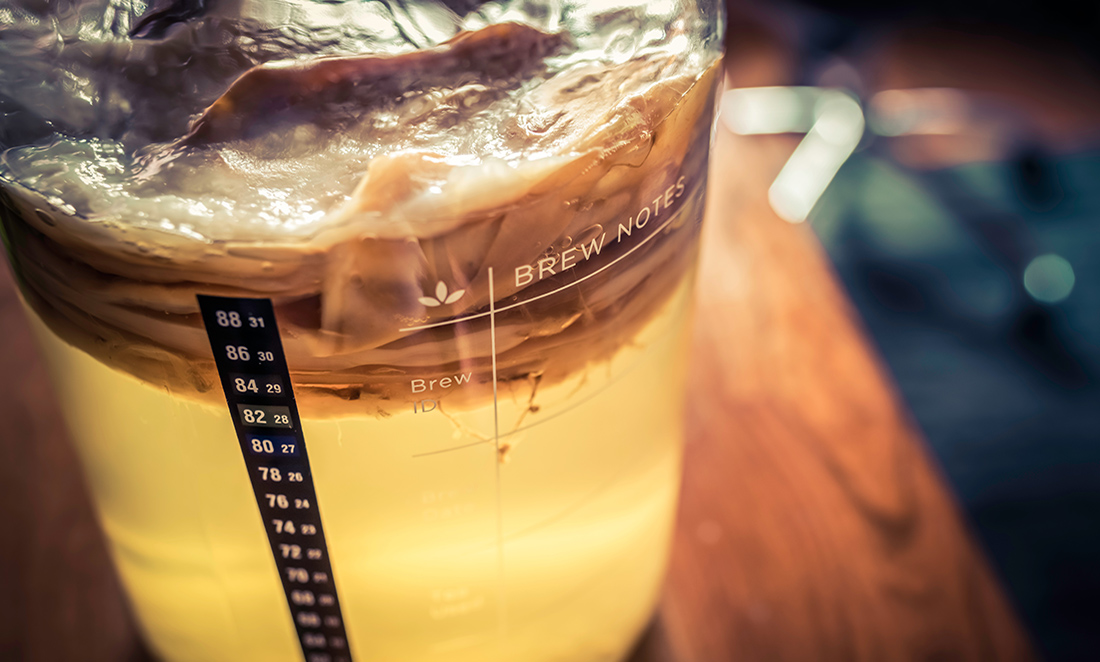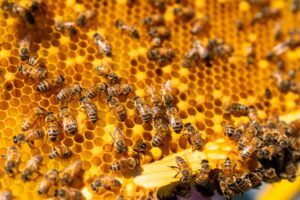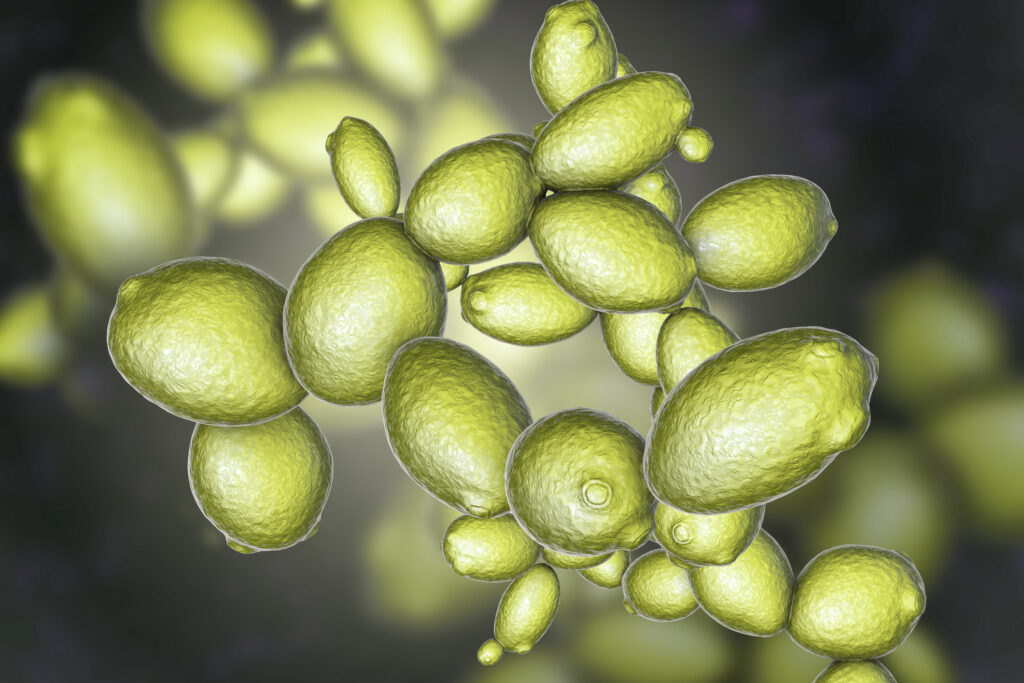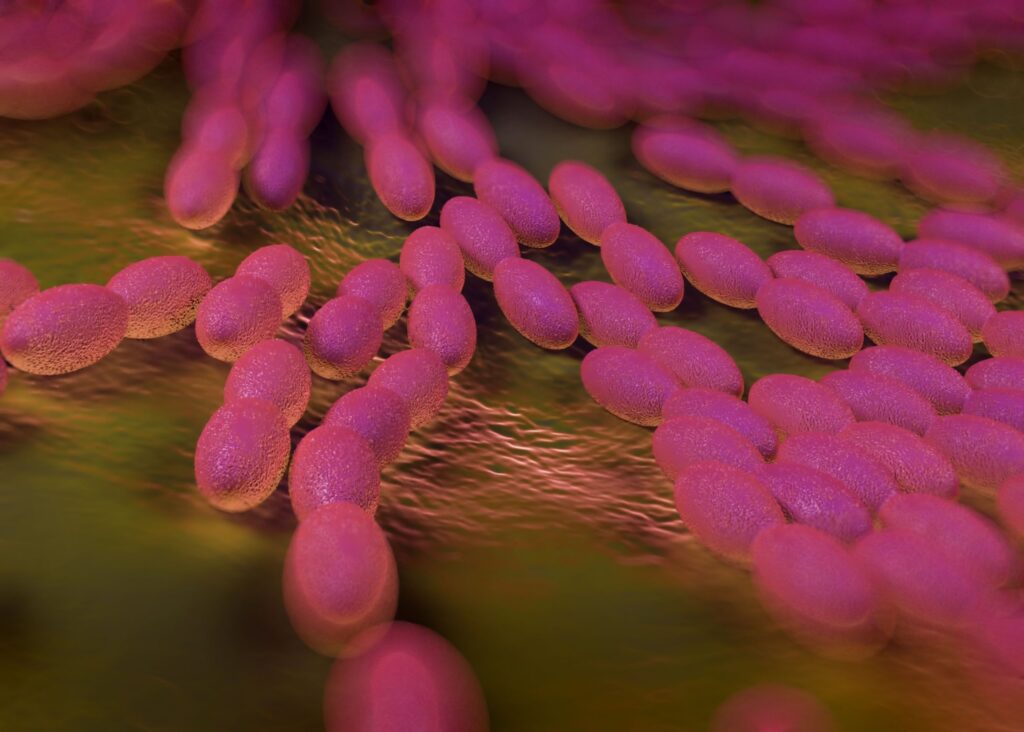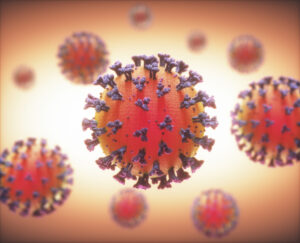Kombucha. It’s that weird and wonderful drink that even scientists can agree is a refreshing beverage.
In the past few years, it’s become so popular you can now find multiple brands at all major supermarket chains. It’s readily available at sporting events, airports and even aboard the 17-hour flight from Perth to London.
To put any hipster-level debates aside, we asked fermented foods expert Laurie Holmes just what is kombucha?
It’s a brew-tiful thing
“Kombucha is fermented tea,” says Laurie, who got into fermented foods because he wanted to live a long and healthy life. He is also the founder of Sydney’s Orwells Coffee, which offers a number of home-brewed fermented drinks on its menu.
“You add sugar to a strong tea with some of the previous fermented batch of kombucha, and this creates a new batch.”
The magic of kombucha comes from a symbiotic culture of bacteria and yeast (SCOBY). Being symbiotic means that the bacteria and yeast depend on each other for survival. The yeast consumes the sugar, which then converts it to alcohol for the bacteria to eat.
If you’ve seen kombucha being brewed, you’ve probably noticed that big white floaty thing that grows at the top of the batch as it ferments. It’s a common misconception that this floaty thing is the SCOBY. It’s not.
According to Laurie, this weird white thing – technically known as a pellicle – is actually the byproduct of the fermentation process. It’s not the actual bacteria and yeast itself.
The origin of kombucha
It’s generally agreed that kombucha originates from Manchuria, spreading along the Silk Road into Russia.
Like many ancient things, kombucha does have its legends. Descriptive origin stories revolve around happy accidents. More practical tales allude to its use as a curative elixir.
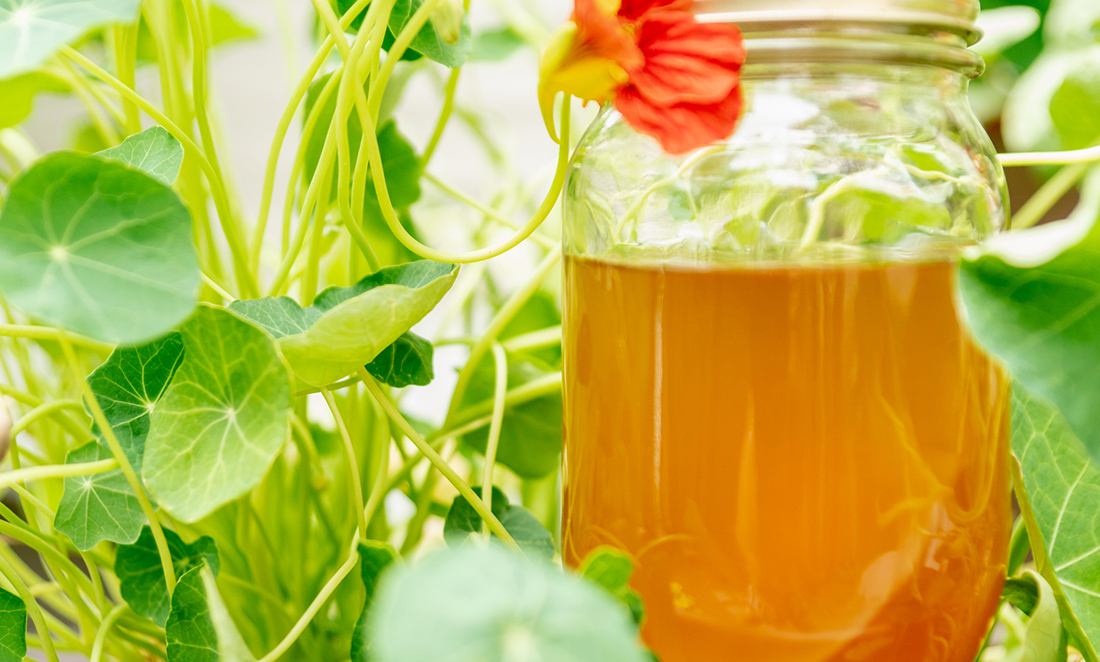
Is it really good for you?
“We believe kombucha is good for us because, like all properly fermented pasteurised foods, it contains extremely high levels of a very diverse range of bacteria,” says Laurie.
“This is excellent for repopulating bacterial colonies in your guts, aka your microbiome.”
“The microbiome is responsible for many of our common health problems – asthma, dermatitis, depression to name a few.”
A 2014 study published in the Journal of Medicinal Food suggests that kombucha “is suitable for prevention against broad-spectrum metabolic and infective disorders”. However, as highlighted by the CSIRO, scientific research on the health benefits of kombucha are currently limited and contradictory.
Peak kombucha
As we turn away from sugary soft drinks and towards our fermented tea, big brands are hoping to cash in.
“As a society, we are reducing our sugary drinks and looking for alternatives,” says Laurie. “This has become big business, and companies like Coca-Cola have bought kombucha brands as they seek to maintain their market share.”
“Unfortunately, these beverages are not made the same way traditional kombucha is made, and the health benefits are questionable.”
So the best approach? Brew your own. It’s really easy, cheap and delicious.



